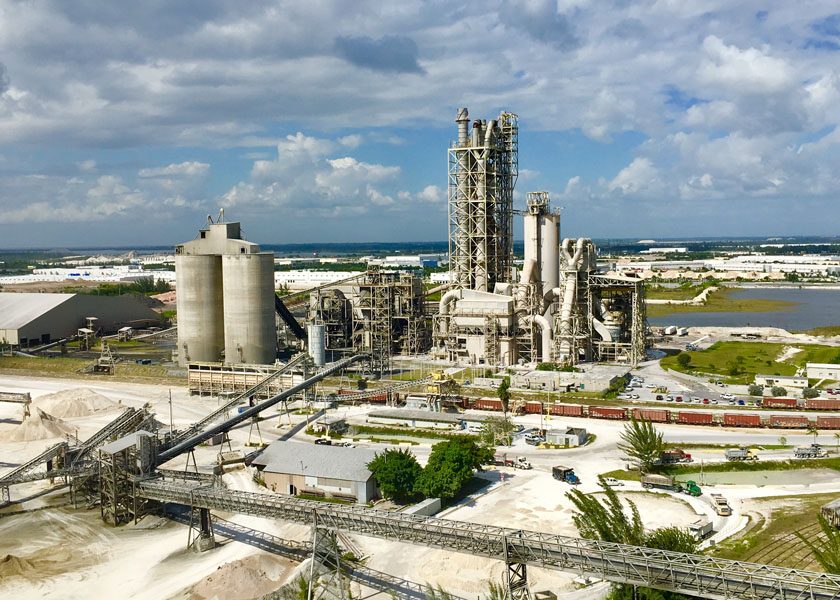Sources: CP staff; IBA Green Inc., Newport Beach, Calif.
A subsidiary of a publicly traded energy company, Pioneer Exploration, is claiming processes to neutralize the purported toxicity of coal combustion fly ash and waste incineration bottom ash, then recycle treated material into infrastructure-suited geopolymer concrete.
IBA Green reports that Environmental Protection Agency-certified Advanced Technology Laboratories has rendered “non detectable” the toxins arsenic, barium, cadmium, chromium and lead in treated ash samples. “This independent confirmation catapults IBA to the multi-billion dollar, environmentally responsible construction materials market,” contends IBA Green Chairman Angelo Scola. “Our best-in-breed nontoxic coal ash byproduct will be used to produce a concrete that is stronger and lasts twice as long as portland [cement] concrete in the building of highways and bridges.”
Days after noting the test results and ambitious market prospects, IBA Green sided with 300-plus public interest groups lobbying for stringent EPA regulation of coal ash disposal and handling. The groups had sent the U.S. Senate a letter opposing the “Coal Ash Recycling and Oversight Act of 2012,” which limits EPA’s authority in regulating coal combustion residuals (CCR) and prevents the agency from designating them hazardous waste. That designation was part of two options EPA offered in a proposed June 2010 rulemaking, fall out from which has delayed action until at least 2013.
A press release indicating IBA Green’s concurrence with the groups includes this quote from Lisa Evans, attorney with the Sierra Club-aligned law firm Earthjustice: “This letter demonstrates the immense nationwide support for health protections from toxic ash. It’s a shame our elected officials are standing in the way of clean water and air for millions of Americans. This coal ash bill puts thousands of American communities at risk and forces the EPA to stop doing its job.” Earthjustice has been at the forefront of promoting stringent CCR disposal and handling regulation; it has also argued that a hazardous waste designation for landfill-bound CCR would not harm the marketability of concrete-grade fly ash.
Assessing the Earthjustice-led action, Scola added, “This is potentially great news for the company’s process to treat and convert [ash] into viable and environmentally responsible construction materials.”



